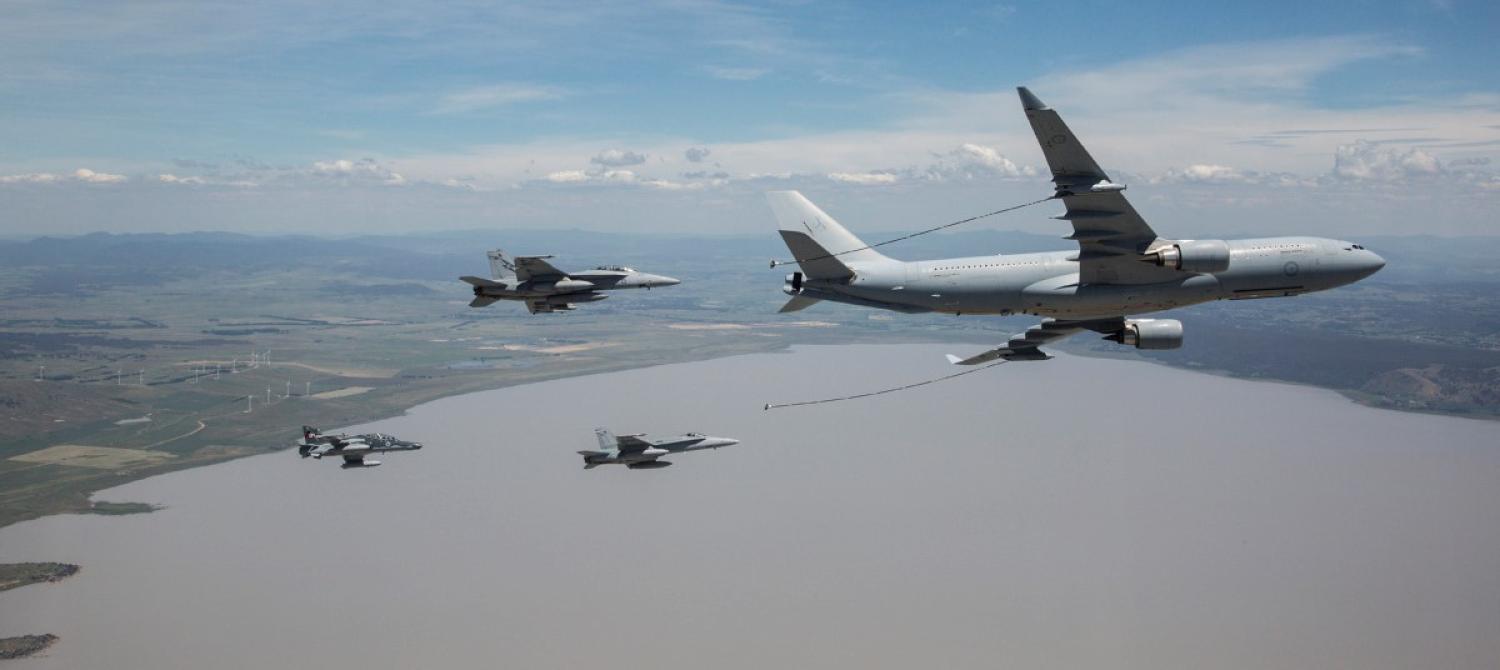Since the US election a range of commentators have raised the dire implications of a Trump Presidency for the globe, East Asia in general and Australia in particular.
Noting Trump’s stated disdain for alliances and US international engagement, the most prominent concerns have been about an isolationist America that might abandon security commitments to allies (presumably including us) opening them to the risk of attack. More broadly, the US might abdicate its role as leader and guarantor of the post-World War Two ‘rules based liberal international order’. This order - norms of international behaviour (backed by US military might) that promote the flow of trade, technology and people, and the non-violent resolution of disputes – has greatly benefited Australia. Either way, it’s been suggested that a US retreat in East Asia would create a power vacuum resulting in regional instability (i.e. a heightened potential for military conflict), which might threaten Australia either directly or by disrupting our vital trade routes.
The policy recommendations to address this increase in relative risk (compared to having the US around) have been consistent: more defence spending to increase capability. After all, should America withdraw, wrote Kim Beazley a few months before the election, Australia does not 'have the capacity to readily survive an uncoupling of our bilateral defence relationship [with the US] with our national security intact'. Soon after the election, the Lowy Institute's Euan Graham wrote that if Trump throttled back on US defence commitments in Asia, or if Canberra opted to distance itself from the US, Australia 'would need to commit significantly greater sums to its defence'. A day earlier, the ANU's Rory Medcalf suggested Australia needed to '…increase our strategic weight, so we are able to contribute to protecting our lifelines and the rules-based order, notably at sea.'
The problem with such assessments is that they propose a disproportionately expensive and uncertain remedy to changes that present, overall, a fairly small increase in Australia’s absolute risk. This is because, firstly, Trump’s security implications remain theoretical and there are a range of conceptual and practical issues which make worst-case outcomes unlikely. Secondly, should the worst be realised, the level of danger to Australia directly or our trading interests will remain low due to our strategic geography – even with no additional spending. Lastly, it is unclear how much more military investment would be needed to substantially reduce any risk, noting that doing so would transfer it, via different avenues, to Australians today.
Regarding a direct threat to Australia, every Defence White Paper for the past 25 years has noted this as the least likely danger, and not because of America but due to our geography. We have open ocean to the West, Antarctica to the South, New Zealand to the East, and a friendly Indonesia to the North. Beyond this, the nearest major potential adversary is 3000km away with no clear cause for aggression. And should all this fail, we have a competent first-world military (one of only two in the near region) with access to weapons from around the globe. In short, we remain one of the most geographically fortunate countries on the planet, which even President Trump cannot change.
But surely our vital trading interests would be affected by any ‘regional instability’ that erupts between the many nations to our North? It is true that many of the most direct routes to Australia do indeed go through the heart of contested Asian territories including the South China Sea, as shown on this map of ship movements.
However, the same map shows the ocean to be rather large. Should a tumult disrupt the shortest trade routes, much traffic could simply take a longer way around. While this would be more expensive (ships’ increased fuel and insurance costs would doubtless be transferred to Australian consumers), it is unclear why this would be unaffordable, or should have an extended duration.
It’s also unclear what level of spending above that planned in White Paper 2016 ($195 billion from 2016-2026) would deliver sufficient force to substantially affect a regional conflict. For scale, the Future Submarine project will cost $50 billion (at least) and deliver 12 submarines by the 2050’s. China’s Navy has between 60-to-70 submarines now and may have up to 90 by 2020. It also has 300 surface craft and is building new vessels at around 60 per year. If we instead spent $100 billion for 24 submarines, would this cause Beijing to think twice?
And while we might choose to invest more on defence to mitigate the uncertain dangers of this unrealised future, every dollar can only be spent once. Doing so transfers risks directly and certainly to Australians here and now through less funding for things like education, science, and healthcare. So, where would the public gain more value?
Which brings us to ‘What is to be done?’ While many state as fact the need for more defence investment, Douglas Adams’ advice is best: Don’t Panic. Our region only may get worse; should it, we will remain exceptionally well insulated; and it is very uncertain how much more investment is needed to materially improve our security, with alternative uses for the money potentially providing more benefit anyway. And while more spending may be an appropriate course of action, it needs to be fairly debated rather presented as a fait accompli. The national interest deserves no less.
Photo courtesy of Australian Defence Image Library

